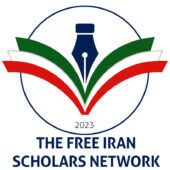Firouz Daneshgari, MD, MBA, FRCS, FPMRS
During the 2023–2024 nationwide uprising in Iran, one of the movement’s most tragic and heroic figures was Dr. Aida Rostami, a 36-year-old physician. Her body was discovered showing signs of brutal torture. One of her eyes was gouged out, and half of her face was crushed.
Her crime was upholding her Hippocratic oath.
Dr. Rostami was murdered simply for providing medical care to wounded anti-regime protesters. In December 2023, while tending to injured demonstrators in Tehran’s Ekbatan district, she left a protester’s home to obtain supplies and never returned. She was arrested and ultimately killed by regime forces. Read more…
